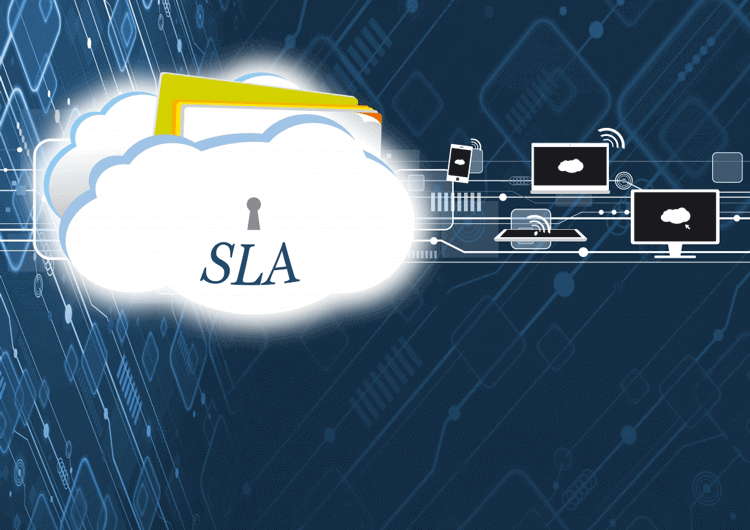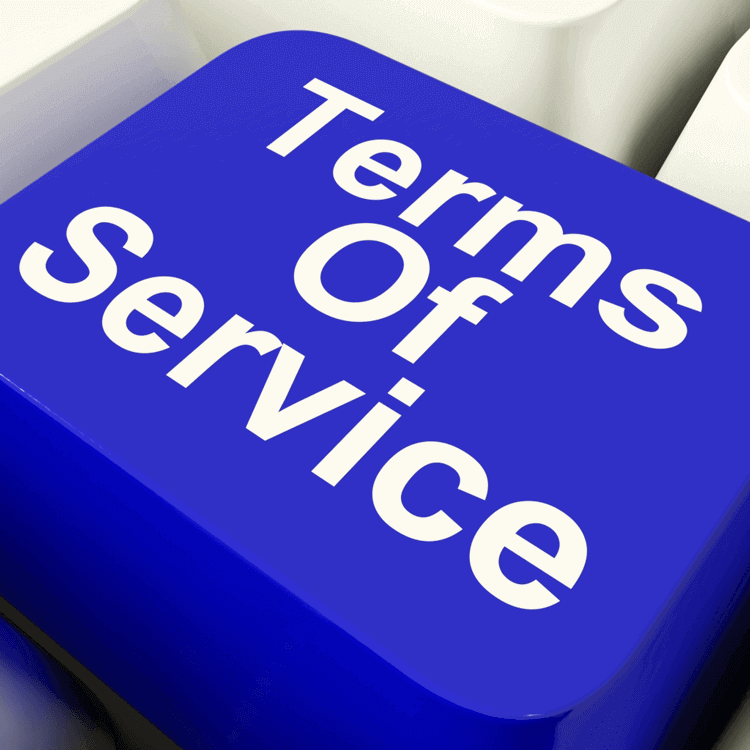6 Important Considerations for Service Level Agreements in Cloud Computing
When it comes to cloud computing, Service Level Agreements (SLAs) act as both the structure and warranty of the terms of the relationship between the consumer and provider. SLAs that are tailored toward services in the cloud often include information that differs from other agreements in similar industries.

What is a Service Level Agreement (SLA) in Cloud Computing?
A Service Level Agreement (SLA) in cloud computing is a formal contract between a cloud service provider and a customer. It outlines specifically the expected level of service, and it notes key performance metrics such as uptime, availability, response time, and support commitments.
SLAs in cloud computing also define the responsibilities of both parties. They include terms for compensation or penalties if the service levels are not met.
These agreements help ensure reliability from the service provider and transparency to the customer. That helps give customers extra confidence in the service provider, which can lead to less customer churn.
6 Considerations When Implementing a Cloud Service Level Agreement
The following are six important considerations to be aware of for service level agreements customized for the cloud:
-
Data Ownership in Cloud SLAs
Outlined in an article by Thomas Trappler, one of the main differences for cloud SLAs is that the particular institution requesting service assumes ownership of the data that it would be storing on the service provider's system.
-
Security Standards for Cloud SLAs
Also from the above article, another element which is considered standard among other SLAs, though seen as integral in one geared toward services in the cloud, is concise detail of the system infrastructure and security standards to be managed by the service provider.
-
Set Ground Rules
The online world poses many challenges and uncertainties in the form of cyber attacks and privacy. Ensuring that a strong set of ground rules is in place from the start, whether it be through a service level agreement or similar, is important to avoid future questions or issues.
-
6 Areas of SLA Coverage
Areas of coverage should also include:
- Availability
- Performance
- Security/privacy
- Location of the data
- Portability of the data
- Accessibility of the data
-
Technical Staff Review
It is important to read the cloud provider's service level agreement with great detail. Having technical staff review potential outage situations and compare it to covered situations outlined in the particular SLA is also good organizational practice.
-
Tailor Guidelines for Global Cloud
The cloud crosses international borders, so potential issues and rules can differ from services rendered locally. It is best practice to secure important guidelines tailored toward the cloud.
With many businesses depending on computing services for their daily operations, it is key for service level agreements to differentiate themselves when it concerns cloud services as opposed to other types of services.





